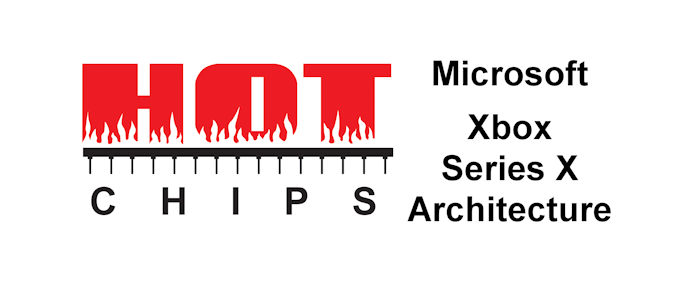Do we know the details of the geometry engines featured within the Series X?, even Polaris and Vega featured GE.
Mark Cerny in his Road to PS5 talk mentioned that the Geometry Engine on the PS5 allows full programmable control of the graphics rendering pipeline, this is important for performance and optimisations since the GPU won't need to render off-screen, back-face or out of view triangles, this can allow for significant gains in performance as well as efficiency depending on how developers will utilise it.
The Geometry Engines in the previous architectures didn't allow full control of the rendering pipeline as far as I am aware but it did allow for the discard of primitives early in the pipeline, according to RedGamingTech (take his info as you will), developers were not happy with the PS4 and Pro because the lack of control over the rendering pipeline meant that they couldn't implement effective performance optimisations (this was actually alluded to by Mark Cerny as well) and it was also one of the reasons why God of War ran so hot on the PS4 and Pro.
Also according to RGT, we can take a look at patents about the PS5's Geometry Unit and how it is able to adjust pixel density. I believe it has much more features but I'll save that for the speculation thread and I think Sony has held back on revealing all the information.
So how does the Geometry Engine of the PS5 differ from that of the Series X and also the one featured in RDNA 2? I don't know, we'll have to wait for more technical deep dives as well as official information from Sony, AMD and Microsoft.
Series X has a multi-core command processor unit, maybe that provides the "full programmability" of the GE similar to what Sony mentioned? The RGT rumor you're referring to probably points to some additional foveated rendering features on PS5 which would be beneficial for PSVR 2.0 for example.
Aside that, also have to readjust the audio calculations. So Sony actually compared Tempest Engine to PS4 CPU cluster, which was 102.4 GFLOPs iirc. So Tempest Engine provides around that much (maybe slightly more) in terms of raw power. But that also would mean Series X's audio is actually the more capable of the two in terms of raw performance, at around anywhere between 147.2 GLOPs (actually somewhat more). And it seems to offload more or less all of the audio tasks to its audio block, similar in idea to Sony's PS5. Finding that out surprised me.
So it'd seem MS's audio solution is about 50% more powerful than Sony's in raw numbers, anyway. It's obviously not designed to mimic a SPE though, also no figures on how much bandwidth it would need on the bus at peak (i.e is it same as Tempest's 20 GB/s, greater, or less?).
This is the information we have about the Tempest capability, how can we translate that to Gflops for example?
"Where we ended up is a unit with roughly the same SIMD power and bandwidth as all eight Jaguar cores in the PS4 combined"
Yes, about 104.2 GFLOPs, maybe slightly more (could be 110 GFLOPs for example), maybe slightly less (could be 100 GFLOPs). One X's CPU was 147.2 GFLOPs, MS says thiers is more than that, so being conservative could be say 150+ GFLOPs for example.
So in raw power MS's is more capable of the two but Sony did a much better job talking about their audio setup plus they have a history in audio electronics so most people were going to assume theirs was the most powerful anyway (and MS didn't even give clear reference numbers for theirs until literally today xD).
Regardless tho both systems have really strong audio capabilities and did a lot of customizations to hit their targets.




